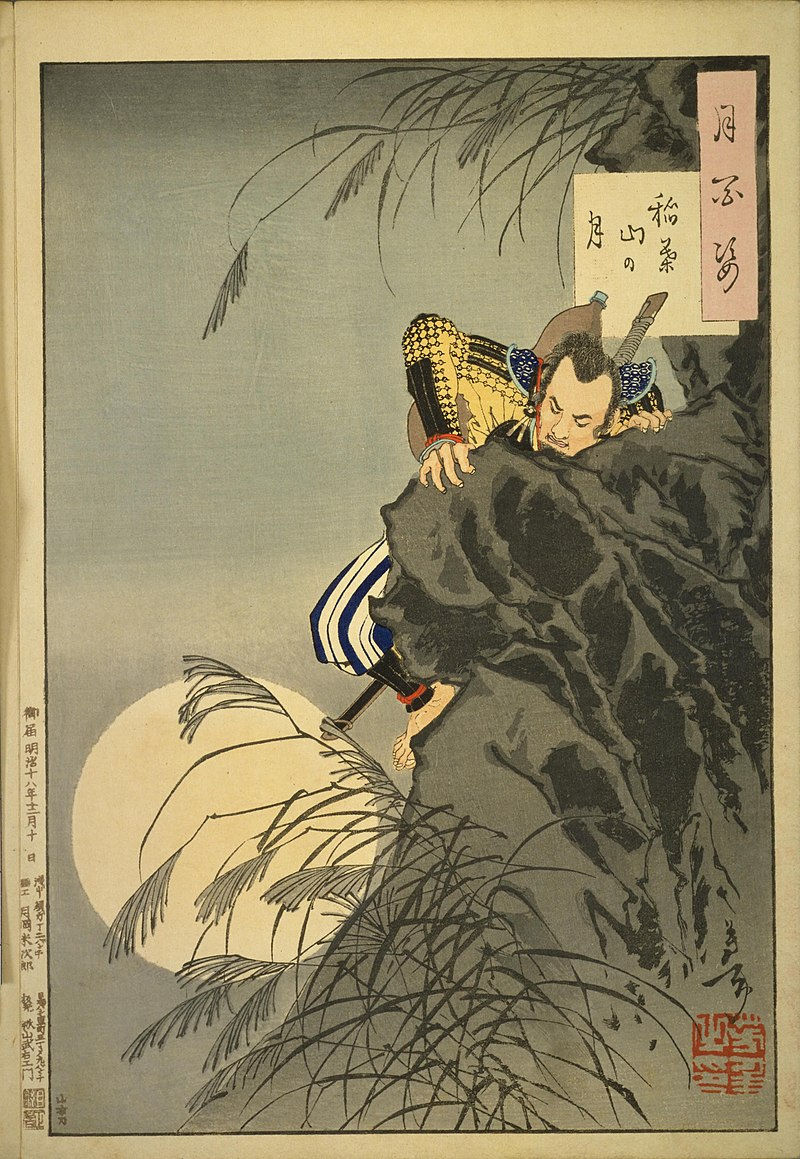Emperor Taisho
- 2304583d
- Aug 4, 2024
- 3 min read

Emperor Taishō (大正天皇) (1879–1926) was the 123rd emperor of Japan, whose reign spanned from 1912 to 1926. His era, known as the Taishō period, was a time of significant political and social change in Japan, characterized by a shift toward democratic reforms and increasing involvement in international affairs.
Early Life and Background
Birth and Family: Emperor Taishō was born on August 31, 1879, as Yoshihito, the second son of Emperor Meiji and Empress Shōken. His birth name was Yoshihito, and he was the younger brother of Crown Prince Yoshihito (who would later become Emperor Taishō).
Education and Health: Yoshihito was educated in preparation for his future role as emperor, but his health was often fragile throughout his life. His early years were marked by various health issues, which would affect his later ability to rule effectively.
Reign and Key Events
Ascension to the Throne: Emperor Taishō ascended to the throne on July 30, 1912, following the death of his father, Emperor Meiji. His reign marked the beginning of the Taishō era.
Political Climate and Taishō Democracy: The Taishō period is often associated with the development of "Taishō democracy," a time when Japan experienced a greater degree of political liberalization and democratic reforms. Key aspects of this era included:
Political Liberalization: The growth of political parties and an expansion of democratic practices, including more frequent general elections and increased political participation.
Constitutional Changes: The period saw debates and changes regarding the role of the emperor and the balance of power between the monarchy and elected officials. The Taishō period was characterized by greater political engagement by the public and increased influence of political parties.
International Affairs: During Emperor Taishō’s reign, Japan continued to expand its influence on the international stage:
World War I: Japan participated in World War I on the side of the Allies, which led to its acquisition of former German territories in East Asia, including parts of China and the Pacific islands.
League of Nations: Japan became a member of the League of Nations, reflecting its increasing role in global diplomacy and international relations.
Health Issues and Regency: Emperor Taishō’s health issues became more pronounced over time, leading to periods of incapacitation. His role as a ruler was often limited, and much of the day-to-day governance was handled by his regents and cabinet officials. His son, Hirohito, later known as Emperor Shōwa, played an increasingly prominent role in state affairs during the latter part of Taishō’s reign.
Later Years and Legacy
Death: Emperor Taishō died on December 25, 1926, at the age of 47. His death marked the end of the Taishō era and the beginning of the Shōwa era, with his son Hirohito ascending the throne.
Legacy: Emperor Taishō’s reign is remembered for its contributions to the development of Japanese democracy and its involvement in international affairs. The period of Taishō democracy, though short-lived, was significant in shaping Japan’s modern political landscape.
Influence on Modern Japan: The Taishō period’s emphasis on democratic principles and political liberalization had lasting effects on Japan’s political development, paving the way for further reforms and the evolution of Japanese democracy in the following decades.
Cultural Impact: The era also saw cultural developments, including increased engagement with Western ideas and practices, which influenced Japanese society and culture.
Emperor Taishō’s reign was a transitional period in Japanese history, characterized by political liberalization and increased international engagement. His era played a crucial role in shaping the trajectory of Japan’s modernization and political evolution.




Comments